The University of North Dakota’s (UND) UAS degree program is celebrating its 10-year anniversary.
According to Al Palmer, the retired director of UND’s Aerospace UAS program, UND began planning its foray into UAS in 2005. To get “ahead of the coming UAS wave,” Ben Trapnell, associate professor of aviation, was tasked with creating an education program for UND Aerospace back in 2006.
Three years later in 2009, everyone was onboard with the program, which led to the State Board of Higher Education approving the program, and UND’s John D. Odegard School of Aerospace Sciences becoming the first university to offer a degree program in UAS operations.
The first five students graduated from the program with degrees in UAS operations in May 2011. All were commercial, instrument-rated pilots, and at least three of them remain employed in the UAS industry.
To date, 225 students have graduated from the University with UAS degrees. Currently, there are 159 students majoring in the subject.
“It has been an exciting ride to be a part of such an amazing organization and a group of people who are genuinely dedicated to aviation education, training and research,” Snyder says.
“We have seen an evolution in which UAS has become more and more prevalent. As it evolves, I believe we will see it converge in many ways with traditional commercial aviation.”
To keep up with an industry that is constantly evolving, UND's UAS curriculum has also evolved and adapted over the years, Snyder notes.
“Last year, we updated our curriculum to include additional courses to help prepare our students for the industry,” Snyder says.
“We added autonomous fundamentals, enabling concepts and counter-UAS courses. We improved courses to include more post-processing and data-collection experience. We also provided students with a choice of two tracks to specialize in the type of UAS operations they intend to pursue.”
The first track focuses on medium-sized, high-altitude, long-endurance UAS. Training is conducted on the Insitu ScanEagle and General Atomics UAS platforms. The second track focuses on advanced commercial operations for small UAS. Training for this track is conducted using Professional DJI M600 and Insitu ScanEagle platforms.
UND Aerospace also now offers a UAS minor for all non-aviation degree-seeking students.
To give commercial aviation students the ability to see how UAS are being used to transform the aviation industry, UND has also integrated the Simlat UAS Simulation into its curriculum. The Simulation allows students to train in simulated environments for commercial UAS missions such as inspecting pipelines, power lines, wind turbines and industrial facilities.
Another recent change also now requires all future UND Aerospace commercial aviation students to take the Introduction to UAS Operations class. According to Snyder, this speaks to the expected progress of UAS operating in the national airspace system.
“The integration of UAS into the national airspace system is going to happen,” Snyder says.
“Equally important, the technology and advancements in autonomous systems we are developing in UAS will make their way to manned aircraft. Students who want to be involved in traditional commercial aviation will need to understand what autonomous fundamentals mean, what issues we have in cyber security and how concepts like data links will be important to all pilots.”
